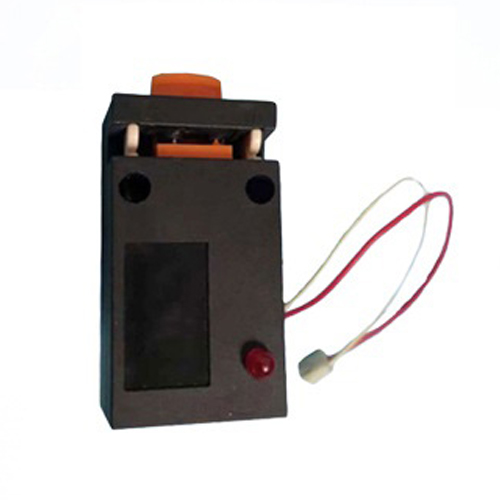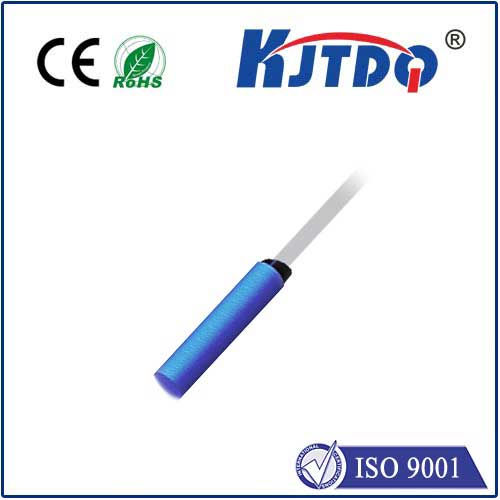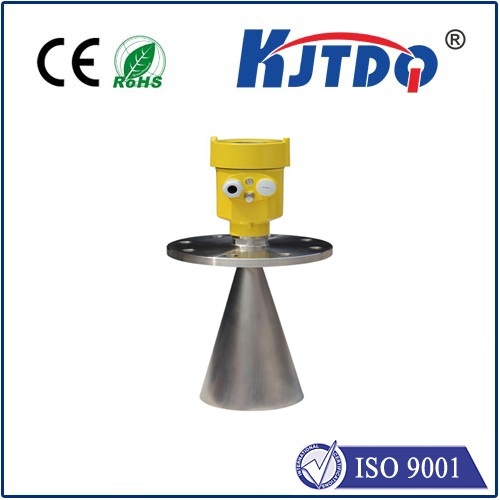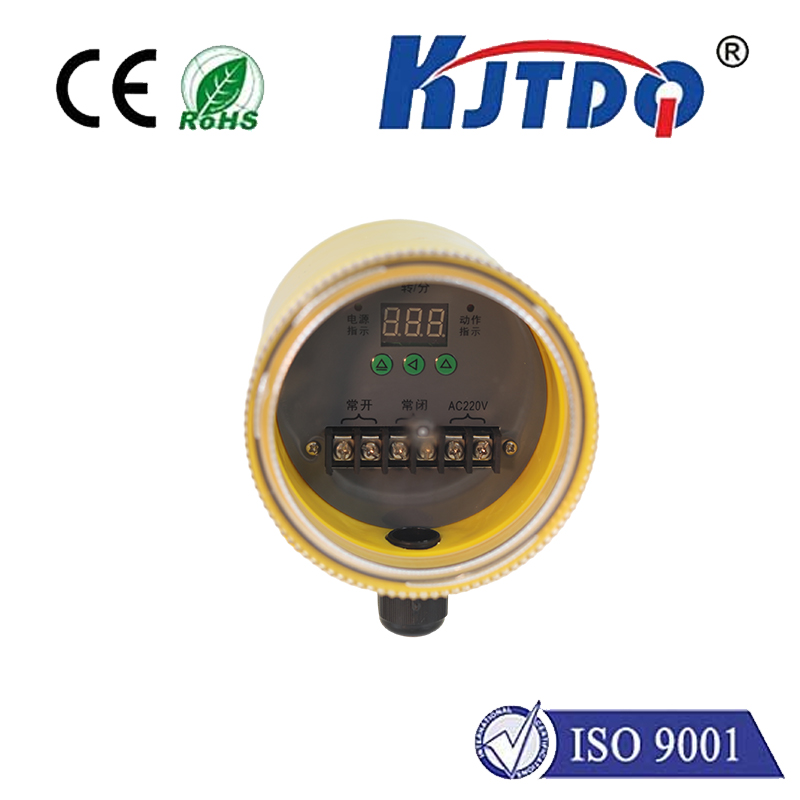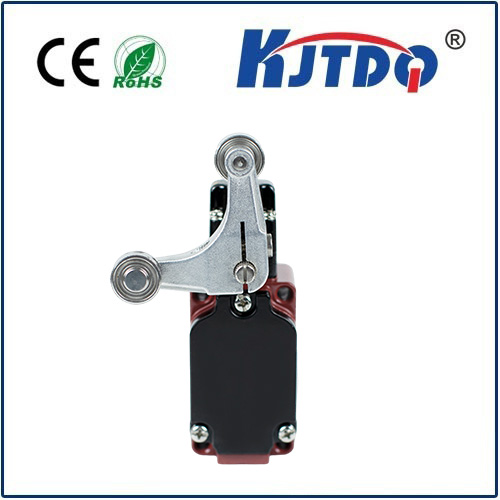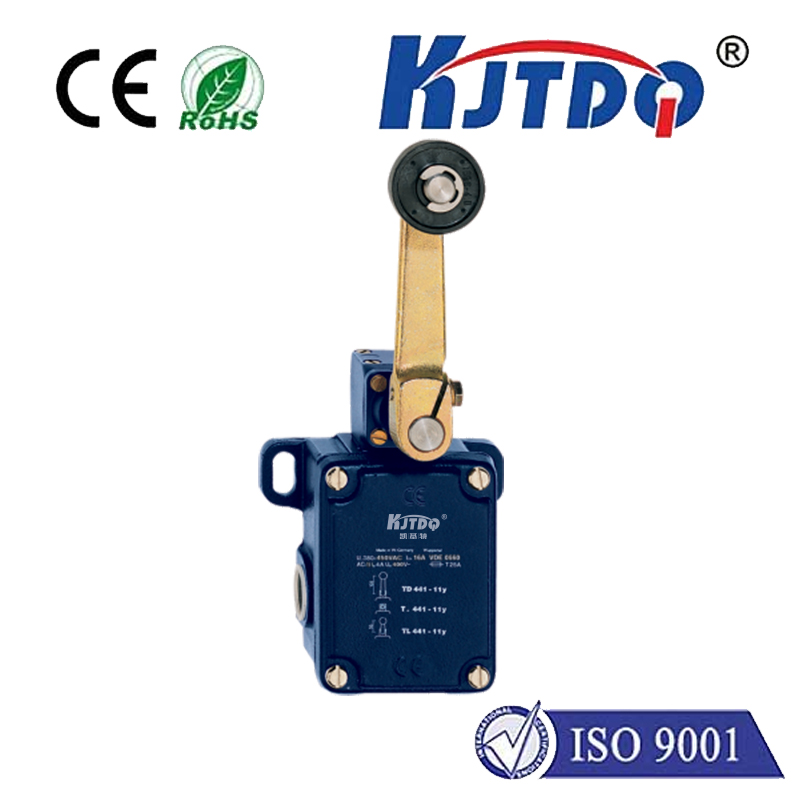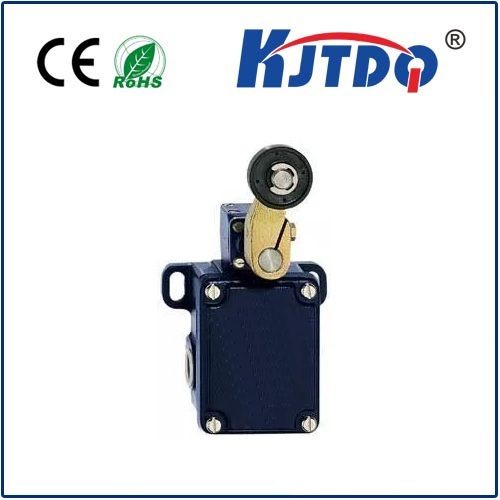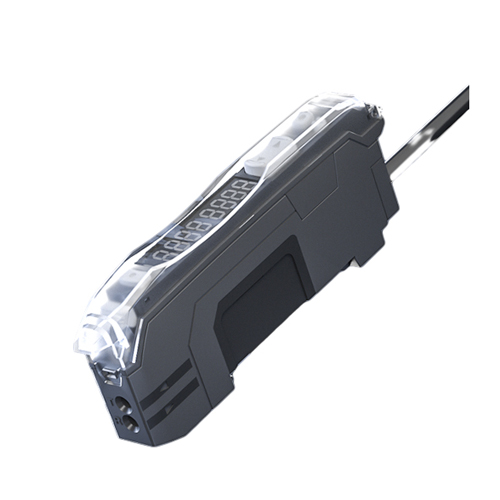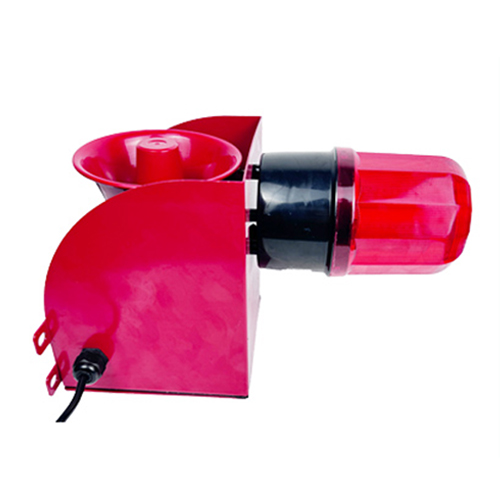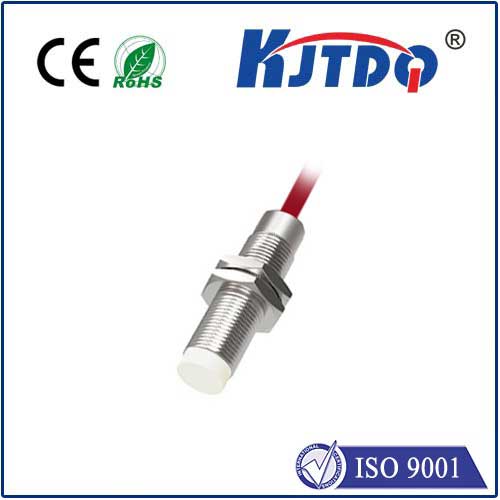BES02KP proximity sensor
- time:2025-10-02 07:55:46
- Click:0
The BES02KP Proximity Sensor: Unseen Guardian of Industrial Precision and Efficiency
In the intricate dance of modern manufacturing and automation, precision is paramount. Machines must move, assemble, position, and count with unerring accuracy, often at breathtaking speeds. Yet, how do these complex systems “know” where objects are without constant physical contact? Enter the unsung hero: the proximity sensor. Specifically, the BES02KP proximity sensor represents a cornerstone in this world of non-contact detection, offering robust reliability where it matters most. Understanding its capabilities unlocks the potential for smoother operations and enhanced productivity across countless industrial applications.
At its core, a proximity sensor detects the presence or absence of an object within its sensing range without needing physical touch. This non-contact principle eliminates mechanical wear, allows for high-speed operation, and functions reliably even in dirty or harsh environments where physical switches would fail. The BES02KP belongs to a critical subcategory: the inductive proximity sensor. This means it specifically detects metallic objects – ferrous (like iron and steel) and non-ferrous (like aluminum, brass, copper) – by generating an electromagnetic field from its sensing face. When a metal target enters this field, it induces tiny electrical currents (eddy currents) within the metal, causing a measurable change in the sensor’s own internal oscillation. This change is detected by the sensor’s circuitry, triggering its output signal.

So, what makes the BES02KP a compelling choice? Let’s delve into its defining characteristics and advantages:
- Robust Construction & Environmental Resilience: Engineered for the demanding realities of industrial floors, the BES02KP typically features a rugged metal or high-grade plastic housing. Crucially, it boasts impressive ingress protection ratings (often IP67 or IP68). This means it can withstand substantial dust ingress and even temporary immersion in water. Furthermore, it’s designed to operate reliably across a wide operational temperature range, handling the heat near machinery or the chill of unheated warehouses.
- Standardized Form Factor & Sensing Performance: Frequently designed as an M12 cylindrical sensor, the BES02KP benefits from a ubiquitous standard. The M12 threaded barrel simplifies mounting into countless pre-existing fixtures, panels, or sensor holders, significantly easing installation and replacement. Its sensing distance (nominal range) is carefully calibrated, commonly around 2mm or 4mm depending on the specific variant and target material. This precise range ensures accurate detection without false triggers.
- Reliable Electronic Switching: The BES02KP operates as a solid-state switch. Upon detecting a qualifying metal target within its range, it swiftly changes its internal electronic output state – typically offering options like NPN (sinking) or PNP (sourcing) transistor outputs, and often in a Normally Open (NO) or Normally Closed (NC) configuration to suit diverse control logic needs. This fast, wear-free switching is fundamental for high-speed counting, position verification, or triggering subsequent machine actions.
- DC Operation & Flush Mounting Capability: Designed for integration into standard industrial control panels and machinery, the BES02KP usually operates on a widely available 10-30V DC power supply. Its compact size and sensing field design often allow for flush mounting. This means the sensor can be installed embedded within a metal bracket, protecting its body while still effectively detecting objects approaching axially to its face. Non-flush mountable variants offer slightly longer ranges but require clearance around the sides.
- LED Status Indication: A simple yet invaluable feature is the integrated LED indicator. This light typically illuminates when the sensor detects a target and may also show power status. This provides instant visual feedback during setup, troubleshooting, and normal operation, drastically reducing diagnostic time on the plant floor.
Where does the BES02KP proximity sensor prove its worth? Its applications are incredibly diverse across automation and machinery:
- Machine Automation: Detecting the presence/absence of parts on conveyors, verifying correct positioning of components in fixtures or pallets, confirming end-of-stroke for cylinders, counting metallic parts (bottlecaps, bearings, fasteners).
- Material Handling: Monitoring fill levels in bins containing metal parts, detecting the position of metal carriers or lifts, ensuring proper engagement of metal hooks or clamps.
- Packaging Machinery: Verifying the presence of metal lids or cans, detecting metal blades or tools, controlling the position of metal guides or forming tools.
- Robotics: Providing end-of-arm tooling (EOAT) status (e.g., detecting if a gripper is holding a metal part), ensuring safe robot positioning near metal structures.
- Automotive Production: Countless uses on assembly lines: detecting engine blocks, confirming wheel hub presence, verifying gear positions, sensing metal brackets.
The tangible benefits of integrating sensors like the BES02KP are clear:
- Enhanced Reliability & Reduced Downtime: No moving parts subject to wear and tear. Solid-state electronics provide millions of reliable switching cycles.
- High-Speed Operation: Capable of detecting objects moving at high velocities, far exceeding the capabilities of mechanical limit switches.
- Durability in Harsh Environments: Resists dust, dirt, oil, coolants, and vibration – essential for factory settings.
- Simplified Installation & Maintenance: Standard M12 format and clear LED diagnostics make mounting and troubleshooting straightforward.
- Cost-Effectiveness: Delivers high performance and long service life at a competitive price point for industrial sensing.
Choosing the right sensor involves considering factors like the target material (ferrous metals are generally detected at longer ranges than non-ferrous), the required sensing distance, the operating voltage and output type needed by your control system (NPN/PNP, NO/NC), environmental conditions, and mounting constraints. The BES02KP proximity sensor, with its blend of standardized design, robust construction, reliable inductive sensing performance, and ease of use, consistently emerges as a trusted solution. It embodies the critical role non-contact detection plays in building smarter, faster, and more resilient automated systems. Whether ensuring a robotic arm picks up a component or confirming a bottle cap is present before filling, the BES02KP works silently and effectively, a fundamental building block in the precise and efficient world of modern industry.






